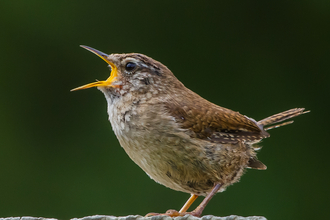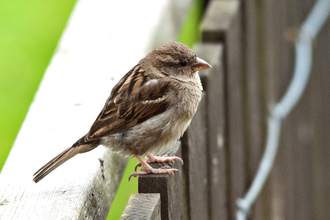Essex Wildlife Trust has launched the House Sparrow Project with the aim of establishing house sparrow population numbers and distribution locations in Essex.
House sparrow populations have declined by 69% in England since the 1970s. These familiar garden birds are listed as a species of conservation concern.
The reason for house sparrow decline is not fully understood, with likely contributing factors including the loss of suitable breeding and nesting habitat.
As the species is associated with human dwellings, they are often present near houses and in gardens. With the collected data, the Trust hopes to suggest measures to support and conserve the species.



